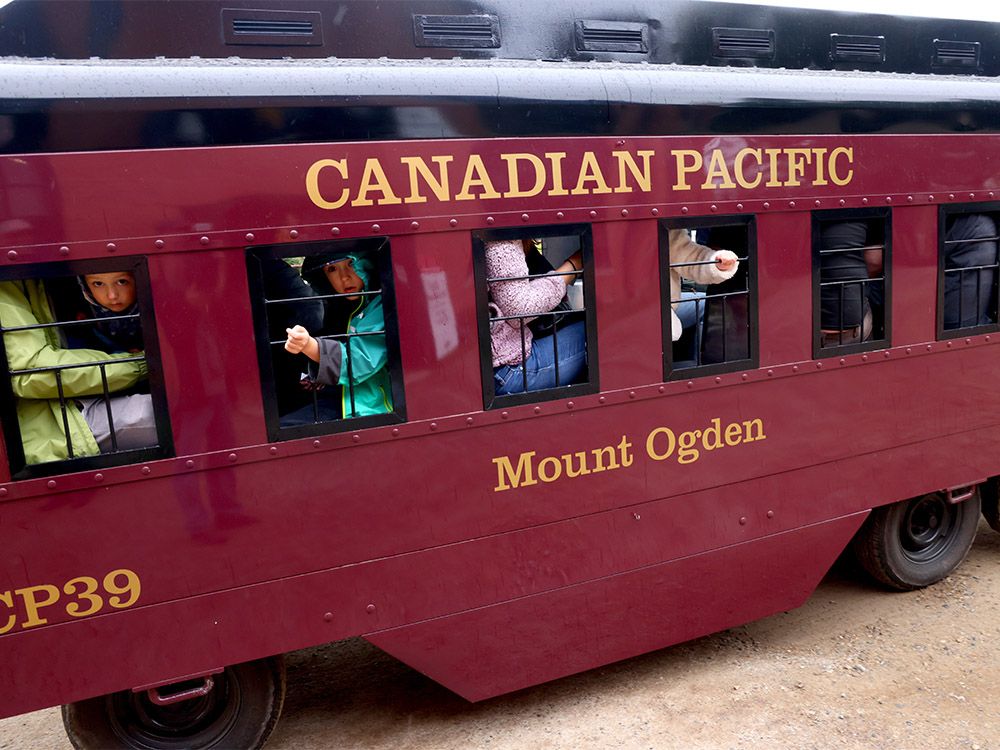Is Canada beating ploughshares into swords with its NATO 5% pledge? Not likely

By any measure, $150 billion a year is an enormous sum of money to dedicate to defence spending. While it may not compare to the expenditures of the Second World War, it represents a significant investment in the security and protection of a nation. For Canada, this level of spending raises questions about the government’s priorities and goals in terms of military rearmament.
Prime Minister Mark Carney has made it clear that his government is committed to swiftly rearming the Canadian military in order to address new and emerging threats. He emphasized the importance of providing adequate equipment and support to the men and women of the Canadian Armed Forces who have been operating under challenging conditions. The government’s focus on rearmament is driven by a sense of responsibility to protect Canadians and ensure national security.
However, there is a tension between using military procurement as a means of economic development and the urgent need to strengthen the Canadian military. While partnerships with allies such as the European Union offer economic opportunities for Canadian defence contractors, they may not provide immediate solutions to the rearmament crisis. The material state of the Canadian military necessitates urgent action to acquire the necessary equipment and resources.
Poland’s approach to rearmament offers a potential lesson for Canada. By diversifying its sources of military equipment and tapping into production lines in the United States and South Korea, Poland has been able to rapidly strengthen its military capabilities. Canada may need to consider similar strategies to expedite the rearmament process and ensure readiness in the face of evolving threats.
As Canada navigates the complexities of defence procurement and partnerships, the government must balance the need for speed with the desire for strategic shifts in military and economic relationships. The use of mechanisms such as the National Security Exception and Urgent Operational Requirements can facilitate the acquisition of essential equipment in a timely manner. Additionally, the establishment of a new defence procurement agency will streamline the purchasing process and enhance Canada’s ability to acquire necessary resources quickly.
Ultimately, Prime Minister Carney’s government faces the challenge of effectively managing defence spending to achieve its goals of rearmament and national security. By prioritizing the urgent needs of the Canadian military while also considering long-term economic and strategic interests, Canada can navigate the complexities of modern defence procurement and ensure the protection of its citizens.




